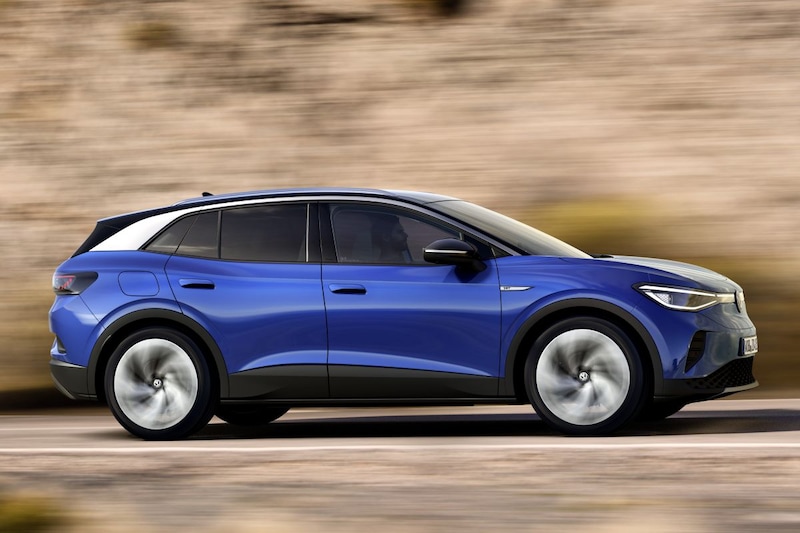
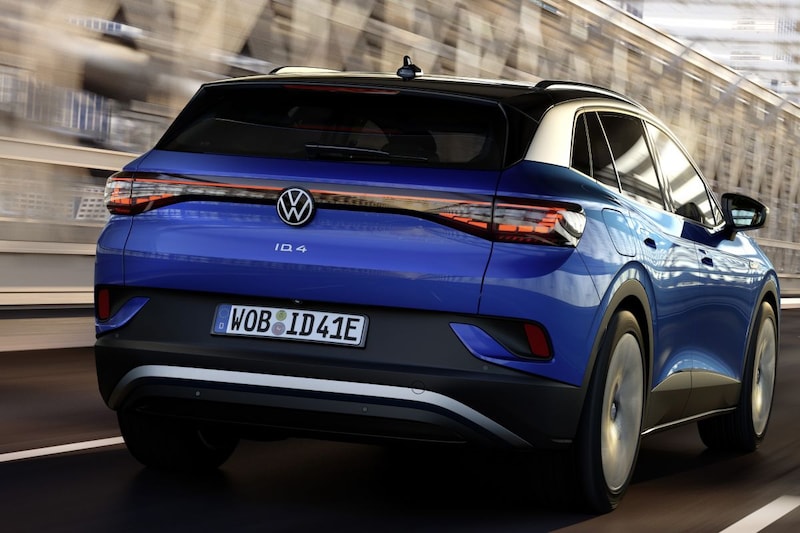
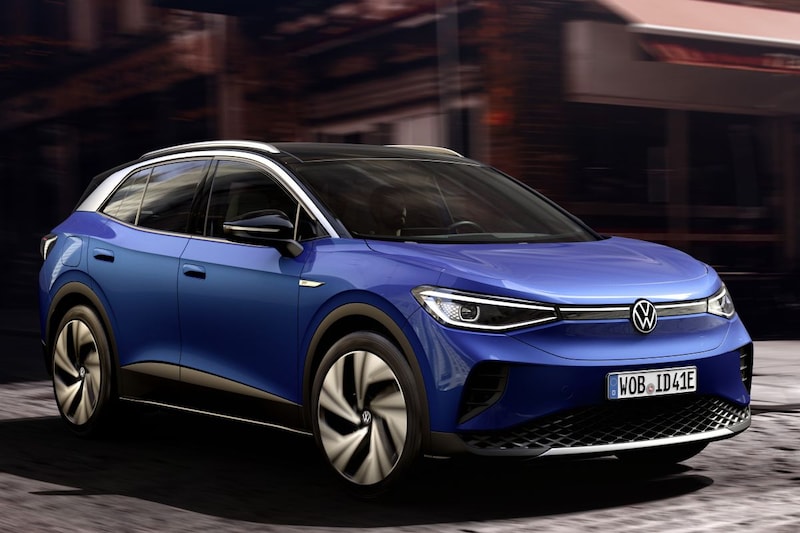
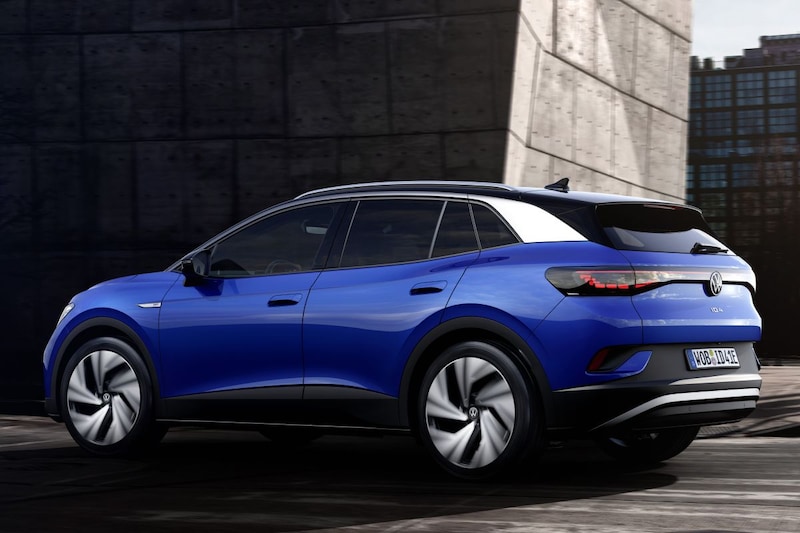
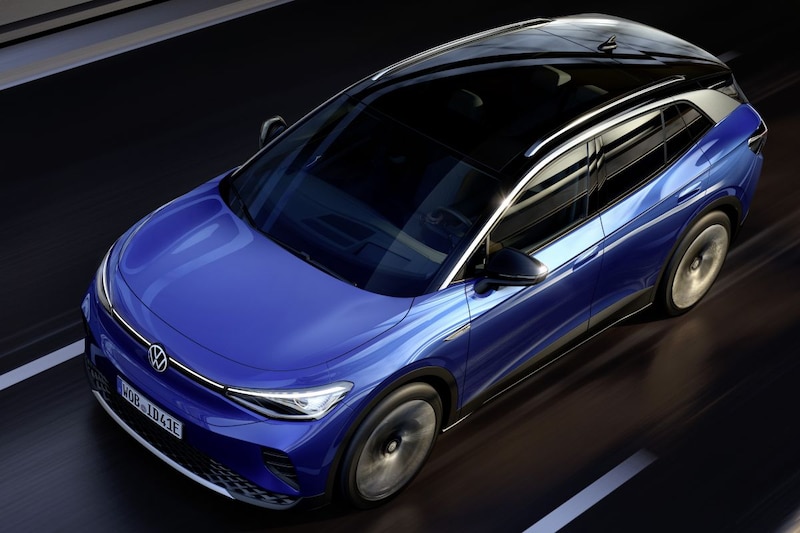
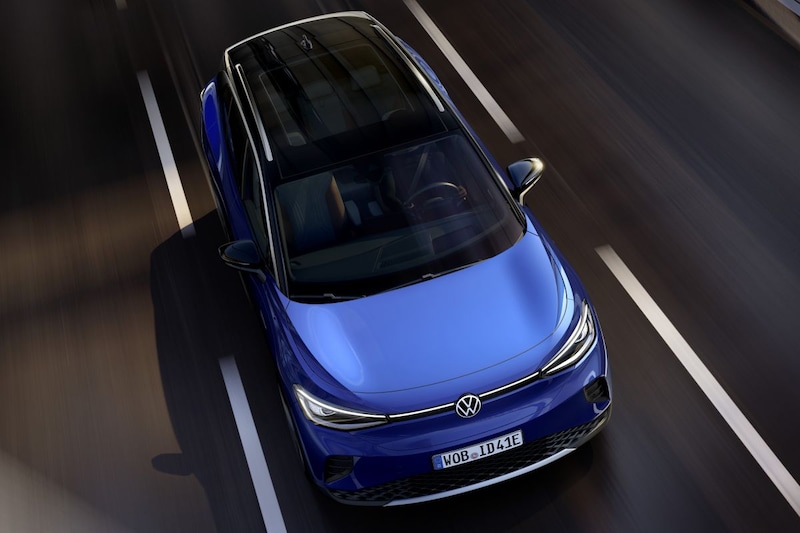
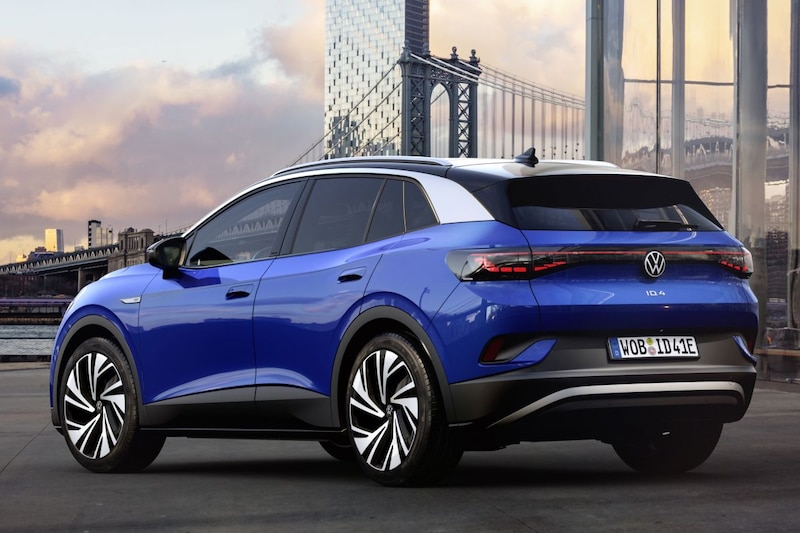



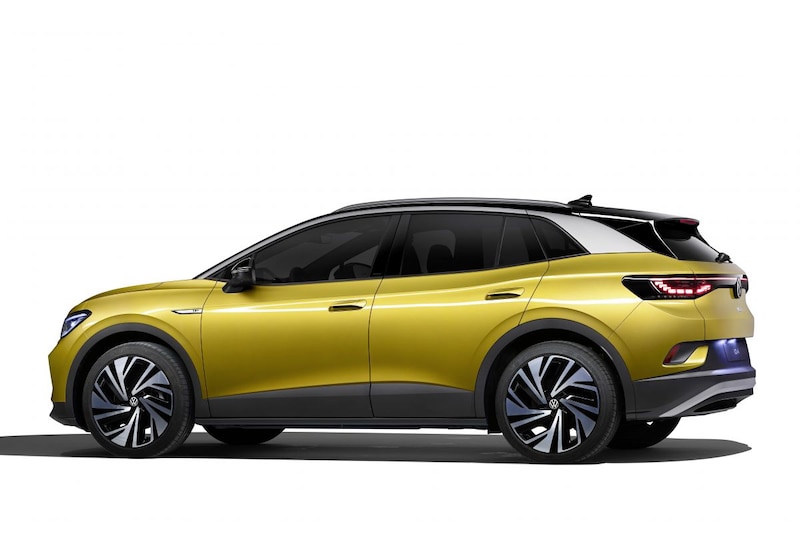
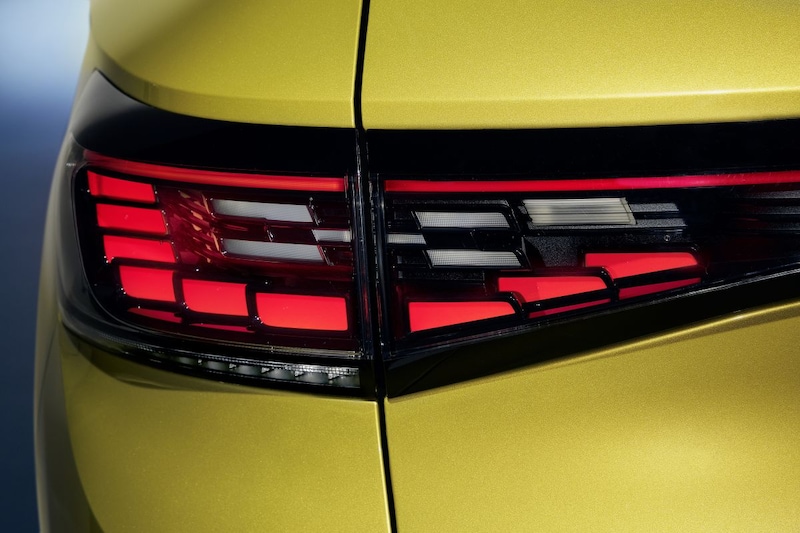
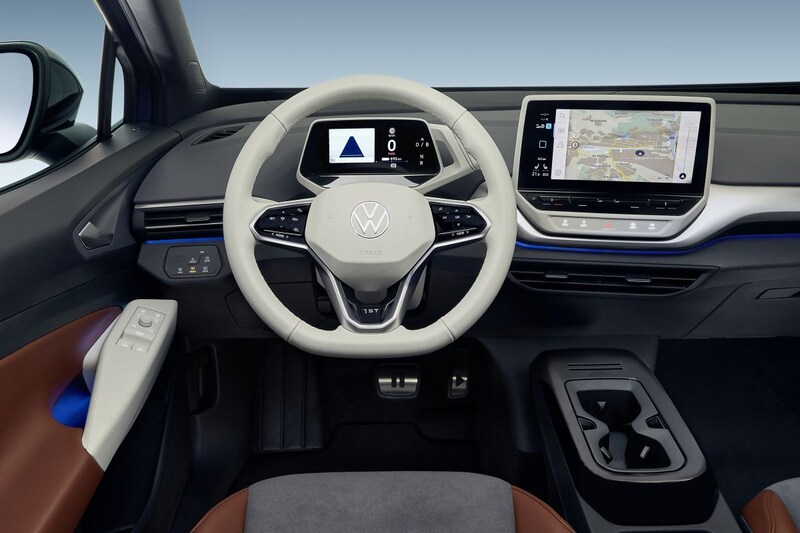
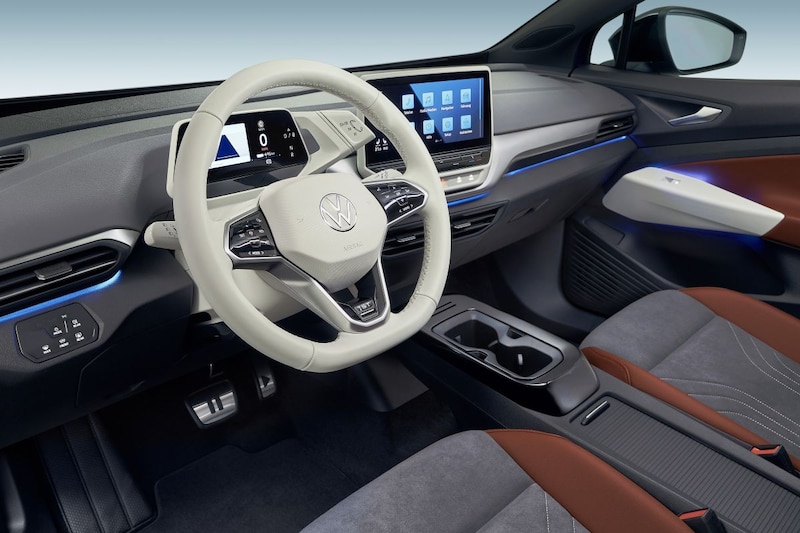
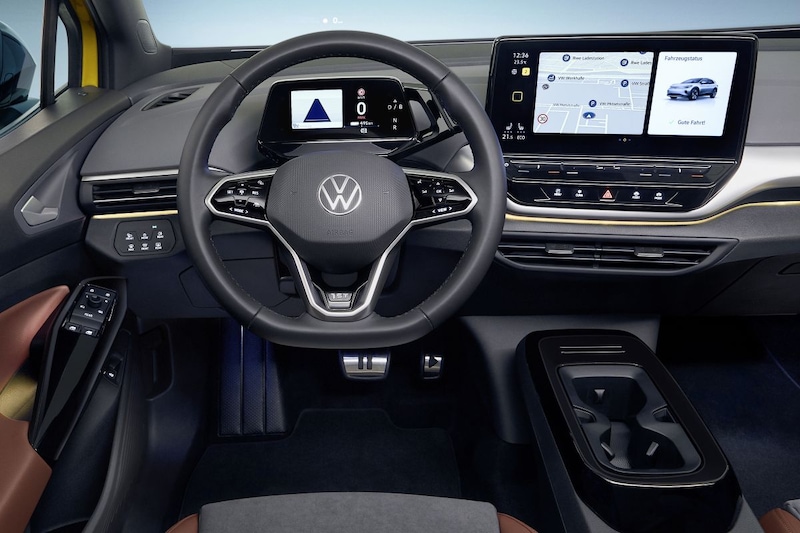
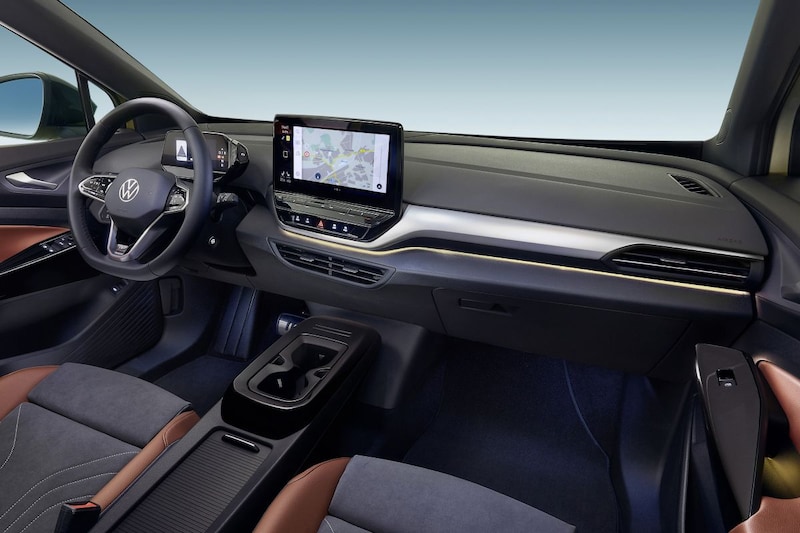
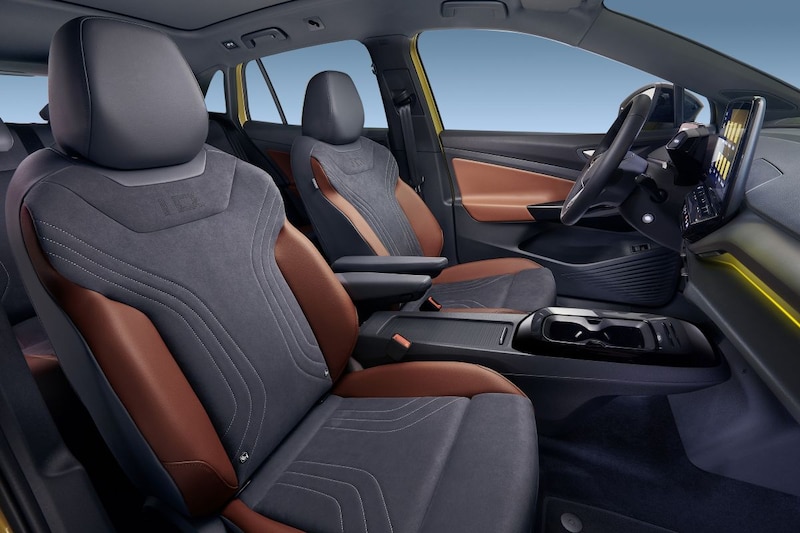

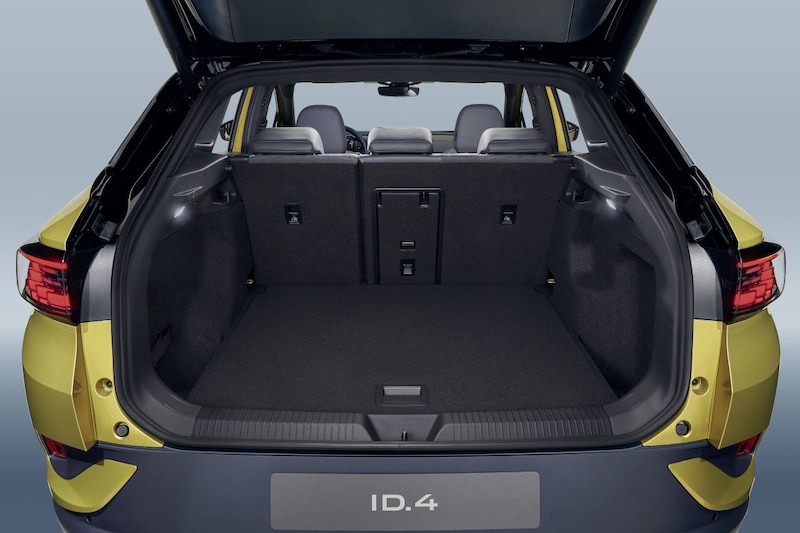

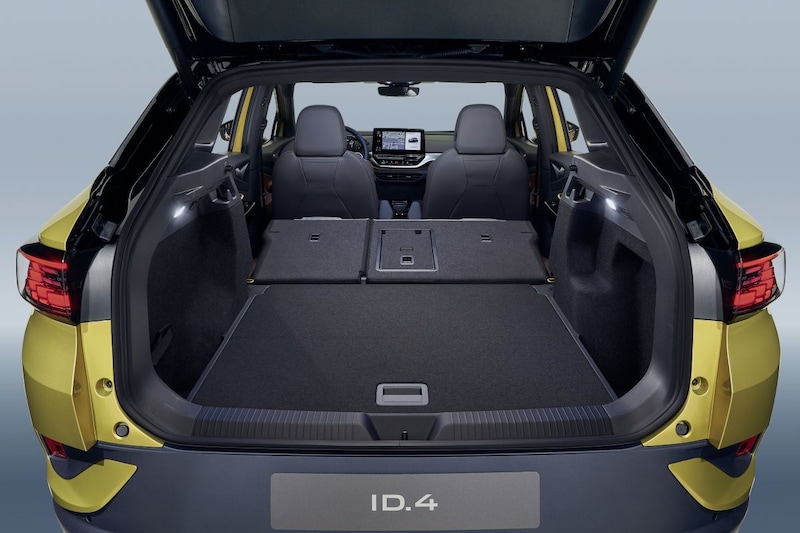

As far as the run-up is concerned, the Volkswagen ID3 can still learn a bit from its big brother, but after months of teasers, camouflaged copies, pre-drives and sketches, now is the time for the whole story: this is the electric Volkswagen ID4!
The big brother of the Volkswagen ID3 is of course not a surprise at all. The second model from a whole series of electric ID models from Volkswagen is a lot bigger than the original ID and is also a bit higher on the legs. So it is a kind of SUV, although we find the term ‘crossover’ more applicable in this case.
Compact crossovers are in demand worldwide, unlike compact hatchbacks. For example, it may happen that not the ID3, but the ID4 is the first ID Volkswagen that will be sold and built worldwide. In addition to Germany, the higher, larger ID model will soon also be off the production line in China and the US. For both countries, the ID4 is the first ID Volkswagen on the price list.
Shorter than Enyaq
The ID4 also shares its concept and basic setup with the first Skoda on the MEB platform, the Skoda Enyaq iV, beyond its technical base. Yet this is not a twin brother. The carriage is slightly different everywhere. The only parts that may be shared are some windows and the roof, but Volkswagen does not want to confirm those suspicions.
It is clear that the ID4 is seven centimeters shorter than the Enyaq. With a length of 4.58 meters, the car is still about 23 cm longer than the ID3. At 1.85 and 1.61 respectively, the car is also wider and higher, with an unchanged wheelbase of 2.77 meters. In comparison: a Tiguan is 4.51 meters long, 1.84 meters wide and 1.68 meters high, while a Tiguan Allspace with 4.70 meters is just one stroke longer than the ID4.
Of course, such an ID4 is very different from a traditional SUV like the Tiguan. For example, the nose is considerably shorter, so that a greater part of the length can actually benefit the interior. If you want to see what that looks like in practice, you should watch the video that appeared online more or less simultaneously with this message. This makes it clear that, just like with Skoda, there is plenty of space for rear passengers. A flat floor ensures that the middle passenger can also easily lose their legs.
Two batteries, four versions
In terms of luggage space, the ID4 must tolerate the new Golf Variant. He also loses it against the longer Skoda Enyaq, but with 543 liters it is considerably more spacious than an ID3. Like the Skoda, the ID4 can be equipped with a tow bar, to which a trailer weighing up to 1,200 kg can be coupled.
The electric motor that lies under the loading floor of every MEB car is still the only one on the ID4. A four-wheel drive variant with two engines is not yet available, although such a version is planned. Remarkably enough, Volkswagen initially markets the ID4 in fewer variants than Skoda did with the Enyaq. Also special is that there are small differences here and there between the two when it comes to power.
In principle, the ID4 is available with four different capacities, divided over two battery packs. The lightest of these has a capacity of 52 kWh, while the largest – just like the Enyaq – kicks it up to 77 kWh. The lightest version is available as Pure or Pure Performance, which means 148 or 170 hp. The heavier version is called Pro. In regular trim, the Pro delivers 175 hp, the Pro Performance comes to 204 hp.
The strongest variant is the first on the market, in the ‘1st’ versions known from the ID3. That is also the car of which detailed specifications are already known. The provisional top version has a battery charge of 520 km, according to the WLTP cycle, sprints from 0 to 100 in 8.5 seconds and has a top speed of 160 km / h. These figures are not yet known for the lightest versions, but it is good to know that an Enyaq can travel 340 km at 52 kWh.
Charging is done with a three-phase charger for all variants, so with a maximum of 11 kW. The version with the large battery up to a maximum of 125 kW comes with the fast charger, although an additional fee is required.
White strip
The ID4 has many similarities with the ID3 on the inside and outside. The family traits of the ID models are reflected in, among other things, a smooth and fluid drawing style, large glass surfaces, large wheels and optically linked light units at the front and rear. On the more expensive ID4s, the strip between the headlights actually burns, while a white strip on the cheaper ones gives the impression that this is the case. At the rear, the lighting is spread over almost the entire width as standard, although there are still differences between the lights of simpler and more expensive ID4s.
The interior is identical in design to that of the ID3. Many parts are also shared, such as the screen placed on the steering column and the associated rotary knob for the direction of travel. However, the whole has been set up more spatially. The central touchscreen shares its standard size of 10 inches with the ID3, but unlike the ID3, it is also available in 12 inches. Striking: with the Skoda Enyaq, the largest screen is a size bigger, for a total of 13 inches.
In addition, Volkswagen promises significant improvements in the use of materials, an important criticism with the ID3. The ID4 can also be equipped with a head-up display with ‘augmented reality’. Those who do not order those floating arrows above the road surface can rejoice in the ID.Light. This is a thin LED strip at the bottom of the windscreen, which can ‘communicate’ with the ID4 driver using all kinds of colors and light patterns.
Compared to the Skoda Enyaq, it is striking that the ID4 interior is a lot more businesslike, but also a lot more high-tech. Where the Skoda still uses traditional buttons, everything is digital with the ID4. Another difference can be found between the seats. The Skoda encloses its occupants with a huge tray full of handy storage compartments, while the center console in the ID4 has been deliberately kept a lot lower.
Perhaps this year
Volkswagen does not dare to promise it at the time of writing, but says it will do its utmost to get the ID4 to the Netherlands this year. If you are fast, you may still be able to get an ID4 with an 8 percent addition. This puts the car for business drivers one step ahead of the Skoda Enyaq, which will not appear until 2021 anyway. Initially, it will be relatively expensive ID4 1st models. There are no Dutch prices yet, but in Germany Volkswagen charges € 49,950 for the ID 1st. The 1st Max, which comes with almost all available amenities as standard, costs € 59,950 there.